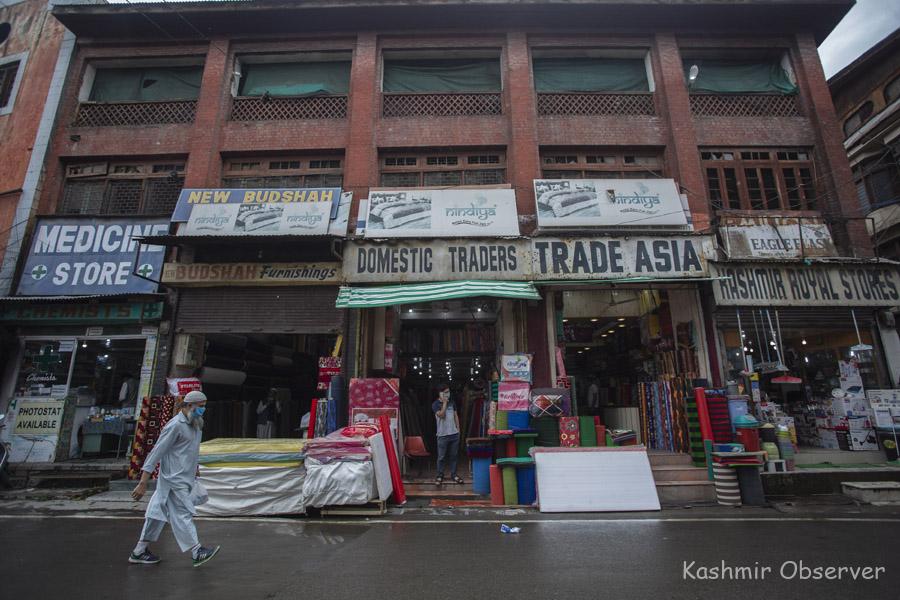
The higher the ratio, the greater the degree of leverage and financial risk.
SRINAGAR- Against the all-India average of 4.4 percent, Jammu and Kashmir at 0.8 percent has ranked fifth in the lowest number of Debt-Asset Ratio (DAR).
This was revealed by the newly unveiled annual survey by the National Sample Survey (NSS).
The debt to asset ratio, or total debt to total assets ratio, is an indication of a business entity’s financial leverage.
A business entity’s debt to asset ratio measures its assets financed by liabilities (debts) rather than its equity. This ratio can be used to measure its growth through its acquired assets over time.
The higher the ratio, the greater the degree of leverage and financial risk.
J&K is preceded by the states of Meghalaya (0.1 percent), Delhi (0.1 percent), Nagaland (0.4 percent) and Dadra & Nagar Haveli (0.4 percent).
Notably, the DAR in the rural India category was recorded highest in Kerala (9.7 percent), while in the Urban India category, the highest DAR was recorded in Andhra Pradesh (9.5 percent).
The survey was spread over 5,940 villages covering 69,455 households in the rural sector and 3,995 blocks covering 47,006 households in the urban sector at the national level.
Conducting the All India Debt & Investment (AIDIS) survey in the rural and urban areas at periodic intervals, the NSS did the latest survey from January to December, 2019 and the information in the survey was collected in two visits.
The visit-1 was scheduled from January-August, 2019 and visit-2 was conducted between September – December, 2019.
The NSS’s “Report no. 588: All India Debt & Investment Survey – 2019”, reveals that in visit-1 of rural and urban households in J&K, 1603 households were surveyed, while 858 households of both rural and urban households in J&K were surveyed in visit-2.
Follow this link to join our WhatsApp group: Join Now
Be Part of Quality Journalism |
Quality journalism takes a lot of time, money and hard work to produce and despite all the hardships we still do it. Our reporters and editors are working overtime in Kashmir and beyond to cover what you care about, break big stories, and expose injustices that can change lives. Today more people are reading Kashmir Observer than ever, but only a handful are paying while advertising revenues are falling fast. |
| ACT NOW |
| MONTHLY | Rs 100 | |
| YEARLY | Rs 1000 | |
| LIFETIME | Rs 10000 | |













